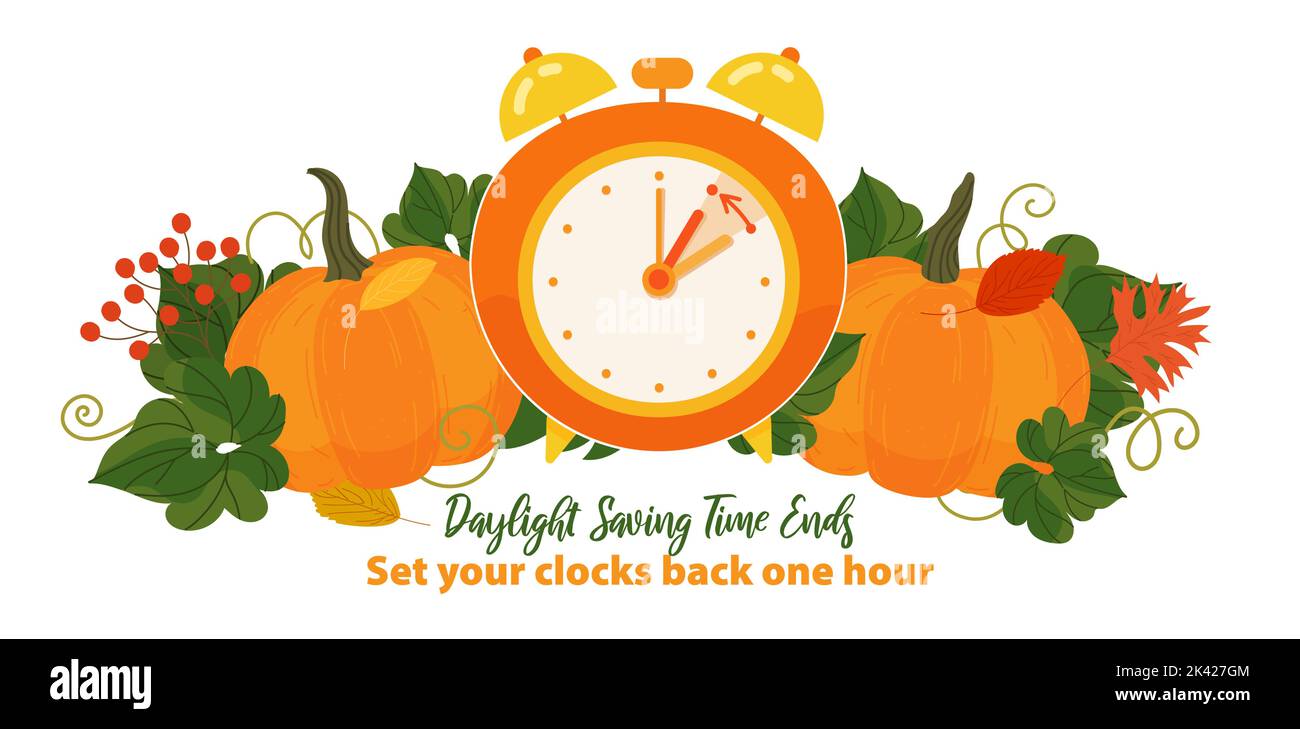

Humans are most vulnerable to sleep deprivation in early March, as they transition from Standard Time to DST. Circadian misalignment can contribute to sleep loss, as well as “ sleep debt,” which refers to the cumulative effect of not getting enough sleep on a regular basis. This can essentially “delay” your sleep-wake cycle, making you feel tired in the morning and alert in the evening. The transition between DST and Standard Time has darker mornings and more evening light. In order to reset each day, they must be synchronized with natural light-darkness cycles in order to ensure healthy, high-quality sleep. These rhythms are largely dependent on light exposure. Humans and other mammals are guided by circadian rhythms, which are 24-hour cycles that regulate sleep and other key bodily functions such as appetite and mood. Some people also experience insomnia symptoms due to spring time changes. Furthermore, DST can cause sleep problems if circadian rhythms are not aligned with natural cycles of light and darkness. These issues include upticks in heart problems, mood disorders, and motor vehicle collisions. DST is often referred to as “Spring Forward, Fall Backward” because of when these time changes occur.Īdjusting the time by one hour may not seem like too drastic a change, but sleep experts have noted troubling trends that occur during the transition between Standard Time and DST, particularly in March. on the first Sunday in November, we set our clocks back one hour. on the second Sunday in March, resulting in one less hour of sleep that night. Virgin Islands do not practice DST.įor the start of DST, we set our clocks forward one hour at 2 a.m. territories of American Samoa, Guam, the Northern Mariana Islands, and the U.S. Hawaii, certain areas of Arizona, and the U.S. Most of the United States has officially observed DST since 1966. The non-DST period between November and March is known as Standard Time.


The idea behind DST is to conserve – or “save” – natural light, since spring, summer, and early fall days typically get dark later in the evening compared to late fall and winter days.
#Daylight saving timing how to#
COVID-19 Portal While this global health crisis continues to evolve, it can be useful to look to past pandemics to better understand how to respond today.Student Portal Britannica is the ultimate student resource for key school subjects like history, government, literature, and more.This Time in History In these videos, find out what happened this month (or any month!) in history.#WTFact Videos In #WTFact Britannica shares some of the most bizarre facts we can find.Demystified Videos In Demystified, Britannica has all the answers to your burning questions.Britannica Explains In these videos, Britannica explains a variety of topics and answers frequently asked questions.Britannica Classics Check out these retro videos from Encyclopedia Britannica’s archives.


 0 kommentar(er)
0 kommentar(er)
